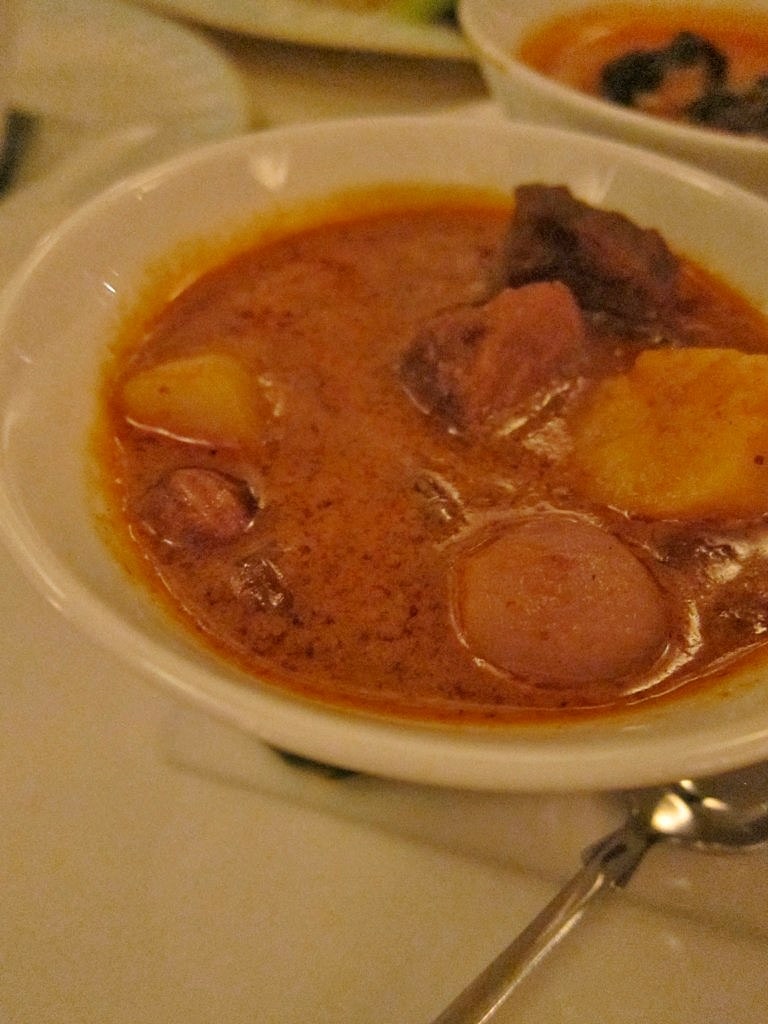
The Influence of Trade, Religion, Politics, and Recipe Swapping.
Massaman curry is one of Thailand’s signature curries often voted as the best dish in the world. Interestingly, “massaman” is not a Thai word nor of Thai origins. Learn the massaman curry history and how international trade brought in the dish.
Massaman Curry History
Massaman curry, also known as Mussulman, translates to “Muslim” curry as the dish has Muslim origins.
The curry uses cumin, tamarind, cardamom, star anise, cinnamon, and bay leaves which were not originally found in Thailand, nor in other Thai curries, combined with local ingredients like lemongrass, chili peppers, and galangal.
There are two theories as to how the dish arrived in the country. The first is through a prominent Persian merchant who introduced massaman curry and Muslim cuisine to the Royal Court of Ayutthaya in the 17th century.
Another theory looks to the southern border where the country meets with northern Malaysia. There, recipes were shared that were both Malay and Indian.
To further theory of the dish’s roots in Southern Thailand, about one-quarter of the country’s Muslims resided in the area which is more than anywhere else in the rest of Thailand.
In either case, massaman curry has true Thai Muslim cuisine roots. And because of its religious influence and Islamic dietary laws, the curry is most commonly made with chicken, beef, or mutton – and not pork.
Today, you can find massaman curry combined with almost any protein including pork, tofu, and vegetables. Perhaps this is one of the more beloved Thai curries because of its depth of flavors from the multiple spices and that this curry is considered mild for foreigners and travelers compared to other Thai curries.
Sign up for my newsletter on the sidebar for blog updates and my travel insider tips! And, check out my vlogs on YouTube!


